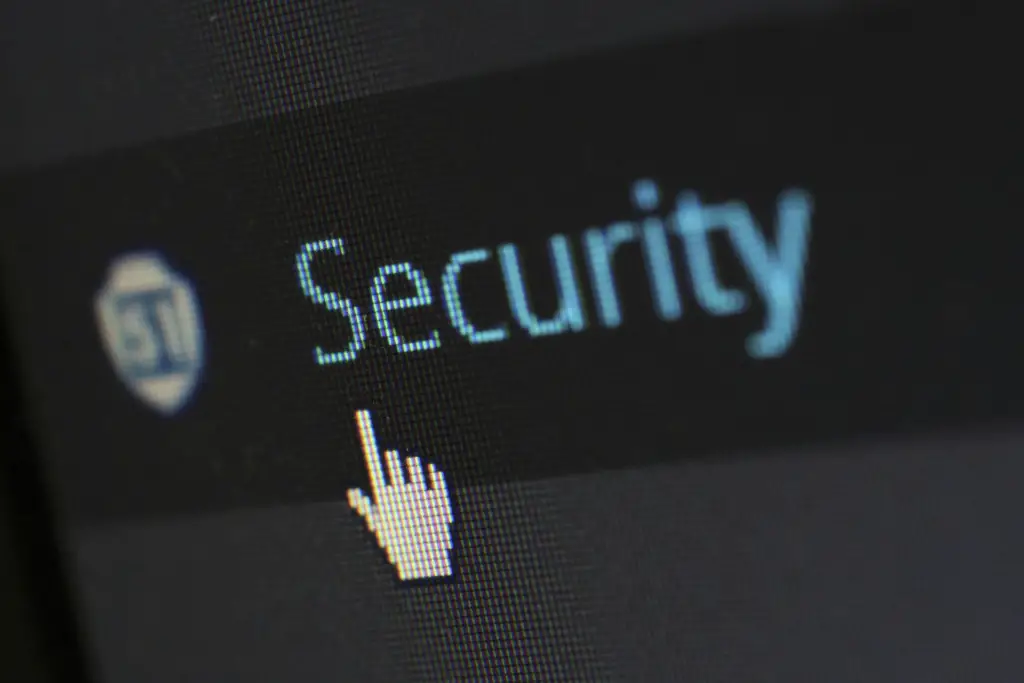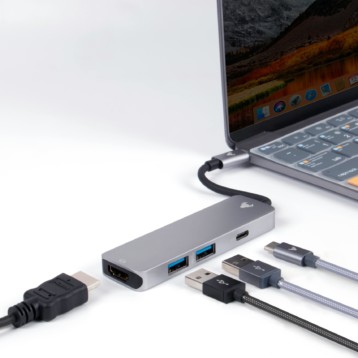
Security and privacy are two of the most essential services that a business can offer their customers these days. With everything moving to an online platform, it doesn’t feel easy, but it is better than you think to be able to keep your customers protected. You want their payments to be protected and you want that information to be protected because the last thing you want is for your customers to have to deal with the data breach.
Without those guarantees your customers are unlikely to actually want to shop with you in the first place. It’s not just about getting an item that isn’t worth it but it’s about not using that anonymous VPN and reaping the consequences of your actions. The good news is that there are plenty of ways that you can actually keep your customers safe and we’ve put together a list of those ways below.
- SSL and Encryption: Online encryption is one of the most basic methods of security that every single business and website should have. If you are not making sure that your business website has an SSL encryption, you’re going to find that your customers will shop elsewhere and will not want to shop with you anymore. SSL is shorthand for Secure Sockets Layer, which is what the little padlock means when you look at our website.Is making sure that you are improving your digital security and it’s the very first place you start.
- Data Protection: Did you know that very few businesses will ever really need to use their own tools? Tools are outsourced usually and these usually go via the cloud, and that means that you have to ensure that you have the right data protection out there. If your customer information isn’t looked after correctly, it could be breached and that information could be stolen. The last thing that you want to do is break your customers’ trust, because when they give you their information, they are trusting you not to mishandle it.
- Identity Verification: For larger purchases, and even for larger items, you should think about identity verification with your customers. This means more than just simple verification tools that are on offer by companies these days. You need to think about two steps on multi factor verification that can enable customers to have more than one layer of security when they are logging in with your website. Identity verification is important, so whether you choose to use facial recognition or you choose to use fingerprints, you need to think of how you’re going to do this.
- Passwords: If you have an online system for your customers, you need to make sure that you have password prompts every six weeks to change their passwords over. It’s very easy for websites these days to be hacked, and if people are not changing their passwords regularly, you’ll find that your security is less and less. If the username and password are the same for every single account you’ve ever owned, one poorly chosen sign up could mean a hacker has access to everything.










